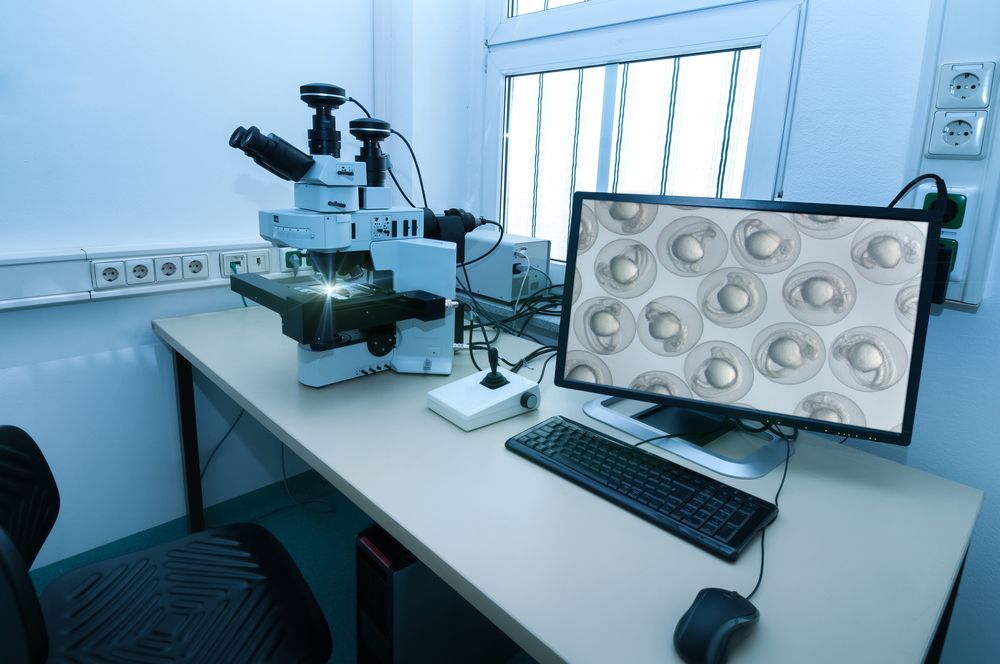Get the latest international news and world events from around the world.
The Edge of Medicine and Ageing — David Sinclair
David Sinclair. Of note in this lecture:

‘Suicidal’ security robot ‘drowned itself’ at Washington office
July 18 (UPI) — Officials at a Washington, D.C., office building patrolled by a security robot they are investigating after workers reported the robot “drowned itself.”
MRP Realty announced last week there was a “new sheriff in town,” namely a K5 security robot developed by Silicon Valley startup Knightscope, but Bilal Farooqui, a worker at the office complex, tweeted a photo Monday revealing the mechanical guard had met with a watery end.
“Our D.C. office building got a security robot. It drowned itself,” Farooqui wrote alongside an image of the robot horizontal inside a fountain. “We were promised flying cars, instead we got suicidal robots.”
AgeMeter: Physiological Biomarkers to Determine Functional Age
Today Lifespan.io / Life Extension Advocacy Foundation has launched the fifth research project since we began 1.5 years ago. We are working with the Centers for Age Control Inc who plan to develop a multiple aging biomarker system to aid clinical research, healthcare providers and enthusiasts.
For more details check out the press release here: http://www.leafscience.org/introducing-agemeter/
Developing a diagnostic system to measure human functional age in comparison to chronological age, and assist in the assessment of anti-aging therapeutics.

“The Day Trip of a Lifetime”: Zero 2 Infinity will bring you to Near Space to offer you a magnificent view of the planet cruising above 99% of the atmosphere 🌏
With Bloon, you will travel aboard the safest space vehicle ever designed and get the planetary awareness that only astronauts have been able to experience before.
Get your flight today at: http://zero2infinity.space/bloon

Altering Microglia Types to Combat Degenerative Eye Diseases
Tweaking the types of microglia to favour a healing type over an inflammatory type has been the focus of a number of recent studies. This time the tremedous regenerative ability of zebrafish is the focus of research.
The evidence that the immune system, and in particular the various types of tissue resident macrophages play an important role in the regeneration of tissue continues to mount up.
The difference in the behaviour of these macrophages varies between species and may significantly contribute to the differences in regenerative capacity observed between slow regenerative species like mice and humans and species capable of robust rejuvenation such as salamanders and zebrafish. The latter two species being able to regenerate lost limbs and organs and the former two being far more limited.
There has been considerable interest recently in adjusting macrophage populations and types in order to encourage healing which we have talked about in articles here, here and here. Today we are going to have a look at some related research again dealing with altering types of tissue resident macrophages.

Neural stem cells steered by electric fields can repair brain damage
Electric fields can be used to guide transplanted human neural stem cells — cells that can develop into various brain tissues — to repair brain damage in specific areas of the brain, scientists at the University of California, Davis have discovered.
It’s well known that electric fields can locally guide wound healing. Damaged tissues generate weak electric fields, and research by UC Davis Professor Min Zhao at the School of Medicine’s Institute for Regenerative Cures has previously shown how these electric fields can attract cells into wounds to heal them.

